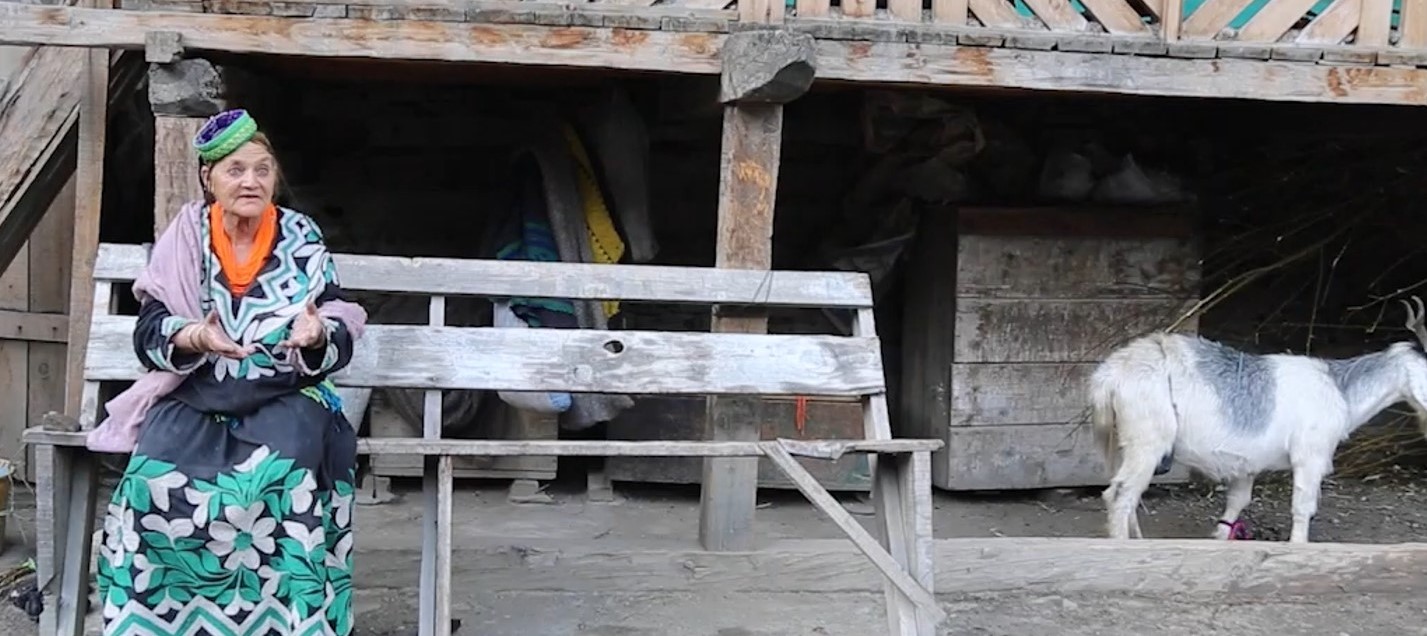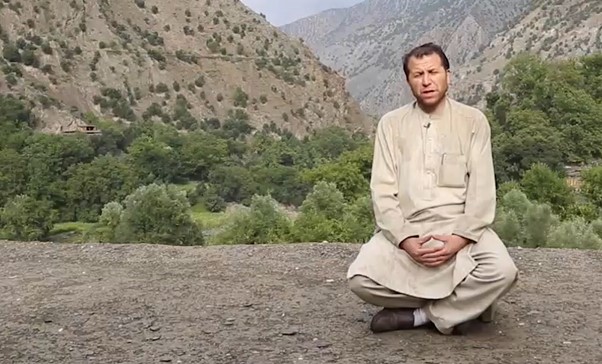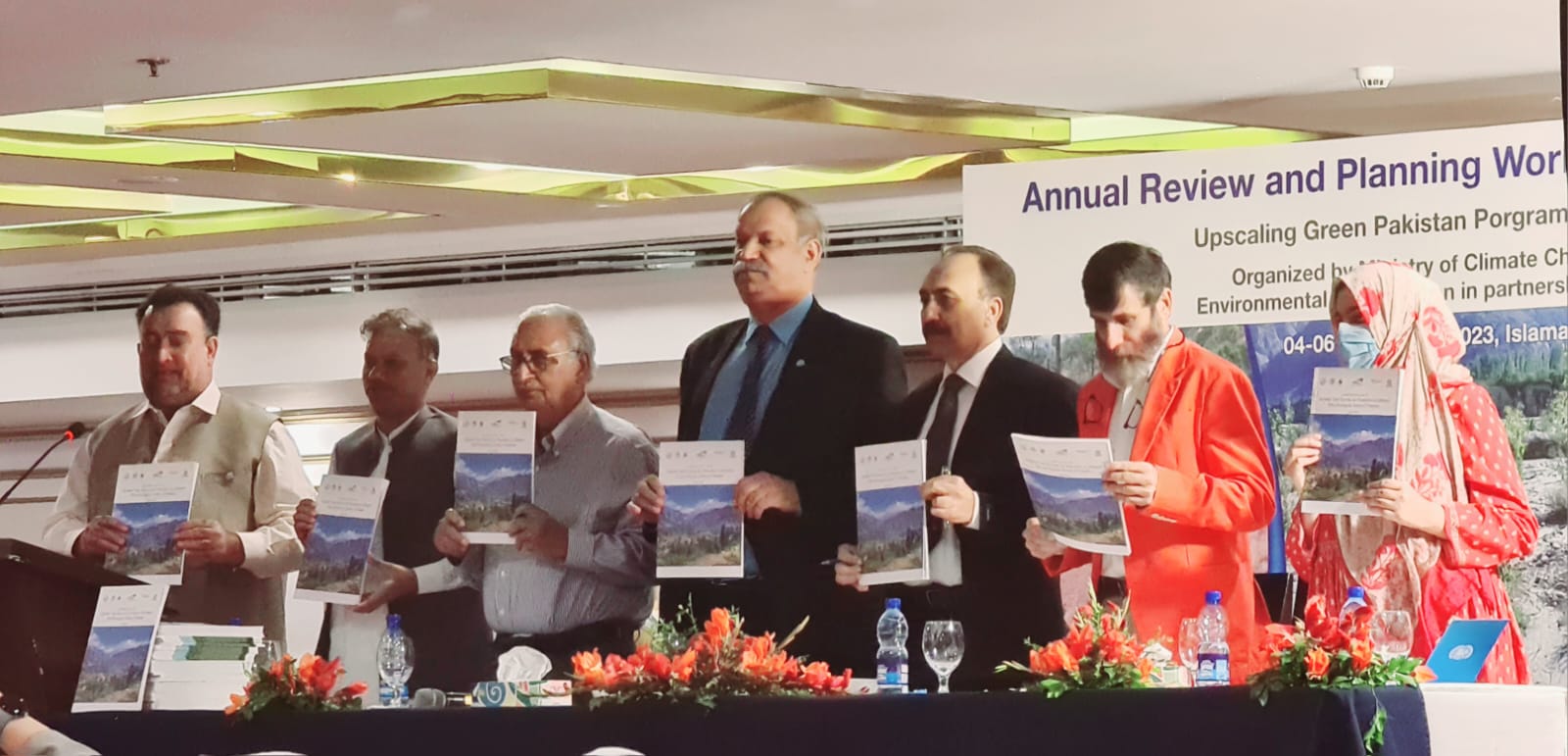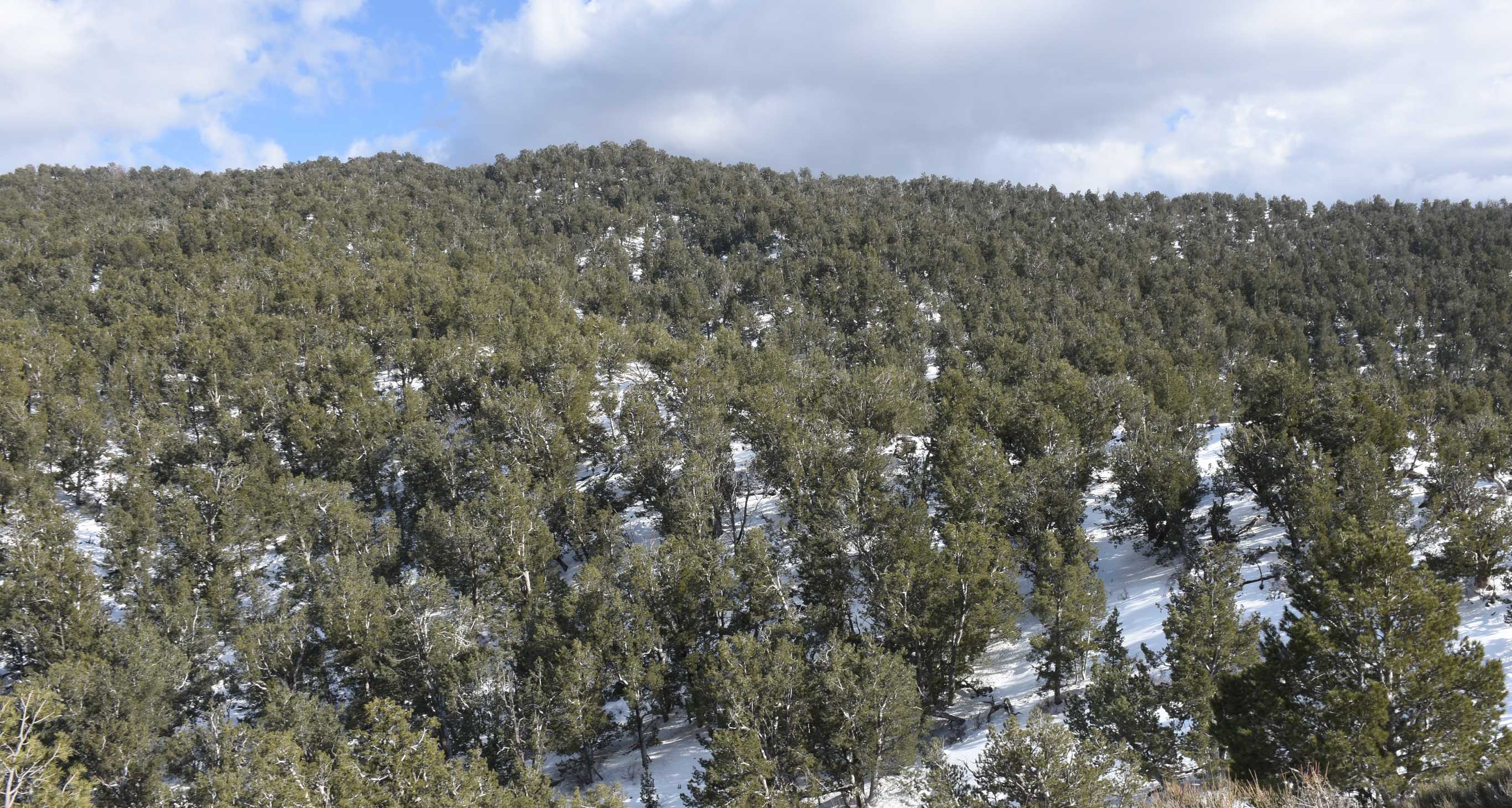Building capacity to scale up Forest and Landscape Restoration (FLR) in Chilgoza, Pakistan
The Restoration Initiative (TRI) project in Pakistan focuses on the restoration, protection and sustainable management of the Chilgoza pine forests ecosystem to provide global environmental benefits as well as enhanced resilience and livelihoods to local stakeholders.

Sachin Gul, member of the Chilghoza Forest Protection Committee, Pakistan
The Chilgoza forests are mainly located in the dry temperate zone of Pakistan, where there is less rainfall compared to snowfall, and the trees grow between 2 000 m to 3 350 m above sea level in the Hindukush-Karakoram-Himalaya region of North Pakistan.
A female beneficiary in Chilghoza Community, North Pakisatan, Sachin Gul, who is member Chilghoza Forest Protection Committee explained, “We heard about the Restoration Initiative during a meeting concerning the Chilghoza Forest. The team that visited introduced us to the project and we had valuable insights. We were informed on how we can work towards the restoration of our forests and the sustainable utilisation of our land resources. Due to the conservation and restoration efforts of the project, our forests have been preserved and we have been spared from flooding incidents.”
Another beneficiary in Pakistan, Sham Su Rabbi, General Secretary of the Chilghoza Forest protection Committee, met The Restoration Initiative project team and gave insights into his experience with the project.

Sham Su Rabbi, General Secretary of the Chilghoza Forest protection Committee, Pakistan
He said, “In the past, we used to go into the forest for various purposes such collecting firewood, getting timber and non-timber forest products. Unfortunately, due to lack of knowledge and awareness, our harvesting practices were often not sustainable."
After receiving training on forest fire control, we now actively assist the Forest Department in both forest fire control and forest mapping efforts.
"However, after receiving training on forest fire control, we now actively assist the Forest Department in both forest fire control and forest mapping efforts. In the past, we were unaware of the significance and the centuries it takes for an oak forest to thrive but with the project, our capacities have been built and we have more knowledge and techniques on managing our forest”, he said.
The Chilghoza forests hold tremendous importance from both ecological and economic perspectives. While the deodar and the blue pine are valued almost exclusively for their timber, Chilgoza is also valued for its nuts, which are locally, nationally and internationally demanded. This species’ edible, oil-rich seeds are harvested in autumn and early winter and trees that do not yield seeds are likely to be used for firewood, light construction, and carpentry.
To counter forest degradation and support local communities in the sustainable management of the Chilgoza ecosystem, the TRI project is promoting Chilgoza Forest Protection and Conservation Committees (CFPCC) at a community level. The stewardship role of local communities is always a key factor to succeed in the conservation and sustainable forest management.



